In Japan, street food ranges from humble festival snacks to gourmet-level delicacies, often served with a level of craftsmanship that elevates even the simplest bite. It’s also a perfect way to discover how food, drink, and presentation, right down to the bowl, cup, or skewer, tell a deeper story of community, history, and artistry.
Japanese Street Food Etiquette: Eating with Respect
Before diving into the flavors, it’s worth noting that Japanese street food culture comes with its own set of customs. Unlike some countries where eating on the go is the norm, in Japan, it’s customary to stand near the food stall or sit on a nearby bench to enjoy your snack. Walking and eating is generally frowned upon, as locals believe in showing respect for food and the people who prepare it. Embracing this mindful approach not only helps you fit in but also lets you savor every bite.
Explore our chopsticks a helpful tool when eating various Japanese street foods
Beverages and Refreshments: More Than Just Thirst-Quenchers
Street food in Japan is rarely enjoyed without something to sip. Boba tea shops, especially around Harajuku, have become icons of youth culture, pairing chewy tapioca pearls with flavors like strawberry, melon, and roasted matcha. Fresh-pressed mandarin orange juice, often served in the very fruit itself, brings a burst of sweetness on hot days, while sparkling lemon sodas refresh weary festival-goers.
If you’re visiting bustling districts or trendy cafes, try seasonal specials like sakura-infused milk or melon cream soda. For a more traditional pairing, sip green tea from a handcrafted cup, its earthy aroma complements savory bites and connects you to the centuries-old practice of mindful enjoyment.
Convenience and Festival Foods: Everyday Indulgence
Japanese convenience stores (konbini) are a treasure trove for street food enthusiasts. Here you’ll find neatly wrapped onigiri (rice balls) with nori, steaming cup noodles perfect for train journeys, and bread buns filled with curry or anko (sweet red bean paste). Bento boxes, packed with rice, pickles, and an assortment of proteins, are a staple for busy commuters and travelers alike. Don’t overlook classics like the tamago sando (Japanese egg sandwich) or the ever-popular fried chicken cutlets.
At train stations, vending machines offer everything from hot canned coffee to chilled melon soda, turning even a quick transfer into a mini tasting adventure. Cup noodles, available in a dizzying variety of flavors, are a late-night savior and a testament to Japan’s knack for innovation.
Festival stalls during matsuri (festivals) often serve nostalgic treats, such as rice crackers (senbei), grilled mochi, and skewered delights, making them ideal for sampling multiple flavors in one evening. Enjoying these from a small lacquered plate or bamboo dish can add an authentic touch to your experience at home.

Noodle Dishes: Slurp-Worthy Street Classics
From the iconic ramen stands of Fukuoka to the lively Kuromon Ichiba Fish Market, noodles hold a central place in Japan’s street food scene. Yakisoba stir-fried noodles with cabbage, pork, and a tangy sauce often sizzles on a teppan (iron griddle) at summer festivals. Variations like yakisoba pan (noodles stuffed in a bread roll) blend Japanese creativity with convenience.
Udon, with its thick, chewy noodles, is served hot in savory broths or cold with dipping sauces, while soba (buckwheat noodles) offers a lighter, nutty alternative, especially refreshing in summer. Ramen, perhaps Japan’s most internationally beloved noodle dish, comes in countless regional styles shoyu (soy sauce), miso, tonkotsu (pork bone broth), and shio (salt) each with its own loyal following.
Winter street fairs might offer nabeyaki udon in portable bowls, topped with tempura shrimp, or curry udon for warmth and spice. Even instant cup noodles have their own cultural hub the Cup Noodles Museum in Yokohama showing how innovation and tradition can share the same bowl.
Popular Savory Street Foods: Bite-Sized Wonders
The savory side of Japanese street food is a flavorful playground. In Osaka, takoyaki (octopus-filled dough balls) are drizzled with sauce, mayo, and bonito flakes that seem to dance in the steam. Okonomiyaki, a savory pancake of batter, cabbage, and meat or seafood, is often cooked right before your eyes customizable with toppings like cheese, squid, or crispy bacon.
- Karaage: Bite-sized, marinated fried chicken with a crisp exterior and juicy center.
- Korokke: Golden potato croquettes, sometimes filled with minced meat or vegetables.
- Gyoza: Pan-fried dumplings stuffed with pork, cabbage, and garlic, served with soy dipping sauce.
- Yakitori: Grilled chicken skewers, seasoned simply with salt or a sweet soy glaze, and often enjoyed with a cold beer.
- Yaki Tomorokoshi: Grilled corn on the cob, brushed with soy sauce or miso for a smoky, savory finish.
Regional and Specialty Items: A Taste of Place
Some street foods are deeply tied to local identity and regional pride. In Kobe, vendors may offer buttery, melt-in-your-mouth Kobe beef skewers, while Hokkaido’s markets brim with sweet crab legs and king crab miso soup. Adventurous eaters might seek out fugu (pufferfish) in coastal towns, prepared only by licensed chefs due to its reputation and risk.
Kyoto’s yatsuhashi cinnamon-scented sweets wrapped in soft mochi show how a city’s traditions can be captured in a single bite. Hiroshima’s take on okonomiyaki layers the ingredients rather than mixing them, and Nara is famous for yomogi mochi, a green herb-infused rice cake pounded to chewy perfection.
Don’t miss local specialties like Rikuro’s fluffy cheesecake in Osaka, or the famous 10 Yen Cheese Coins in Dotonbori, a viral sensation with its gooey, stretchy cheese center. Sampling these treats on location, perhaps served on a small porcelain dish, lets you taste history and craftsmanship in one gesture.

Sweet Street Snacks and Desserts: Whimsy in Every Bite
Japan’s street sweets are as photogenic as they are delicious. Taiyaki fish-shaped cakes filled with custard, chocolate, or anko are beloved in both classic and ice cream-filled forms. During spring hanami (flower viewing), hanami dango (pink, white, and green rice dumplings) symbolize the season.
- Kakigori: Fluffy shaved ice drenched in matcha, melon, or strawberry syrup, sometimes topped with condensed milk or mochi.
- Melon Pan: Sweet bread with a crisp, cookie-like top, sometimes filled with cream or flavored with chocolate or matcha.
- Choco Bananas: Bananas dipped in chocolate and covered with sprinkles, a festival favorite.
- Fancy Crepes: Harajuku’s streets are lined with crepe stands offering both sweet (strawberries and cream, custard, cheesecake) and savory (ham and cheese, salad) options, wrapped for easy eating.
- Daifuku Mochi: Chewy rice cakes filled with sweet red bean paste or fresh fruit strawberry daifuku is a seasonal highlight.
- Kintsuba: Edo-region confections with sweet bean paste, often served at tea ceremonies.
- Candy Floss: Giant, rainbow-colored cotton candy, especially popular in youth culture hotspots.
Festival stalls often sell playful treats like pastel candy floss, anmitsu (a parfait-like dessert with agar jelly, fruit, and red bean paste), and even pounding mochi, where artisans demonstrate the traditional, high-speed technique for making this chewy delight. Serving these with delicate Japanese dessert plates or bowls can recreate the joy of a festival at home.

Tips for Enjoying Japanese Street Food
- Explore different neighborhoods each district offers its own specialties and atmosphere.
- Try both classic and trending foods. Japan’s street scene is always evolving.
- Embrace the local etiquette: eat near the stall, dispose of trash properly, and thank the vendors.
- Bring cash, as many street stalls are cash-only.
- Don’t be afraid to ask for recommendations or try something unfamiliar serendipity is part of the experience.
Conclusion: Bringing the Street Home
Japanese street food is more than quick bites it’s a living expression of local pride, creativity, and the joy of sharing food in the moment. Whether you’re sipping fresh orange juice in Harajuku, slurping late-night ramen in a neon-lit alley, or biting into taiyaki under falling cherry blossoms, each experience connects you to Japan’s blend of tradition and trend.
For those far from Tokyo or Kyoto, the experience doesn’t have to end when the trip does. Recreate the flavors in your own kitchen, serve them in authentic Japanese handcrafted bowls or plates, and savor the same sense of discovery, no matter where you are. Japanese street food is an invitation: to taste, to explore, and to celebrate the artistry in every bite.


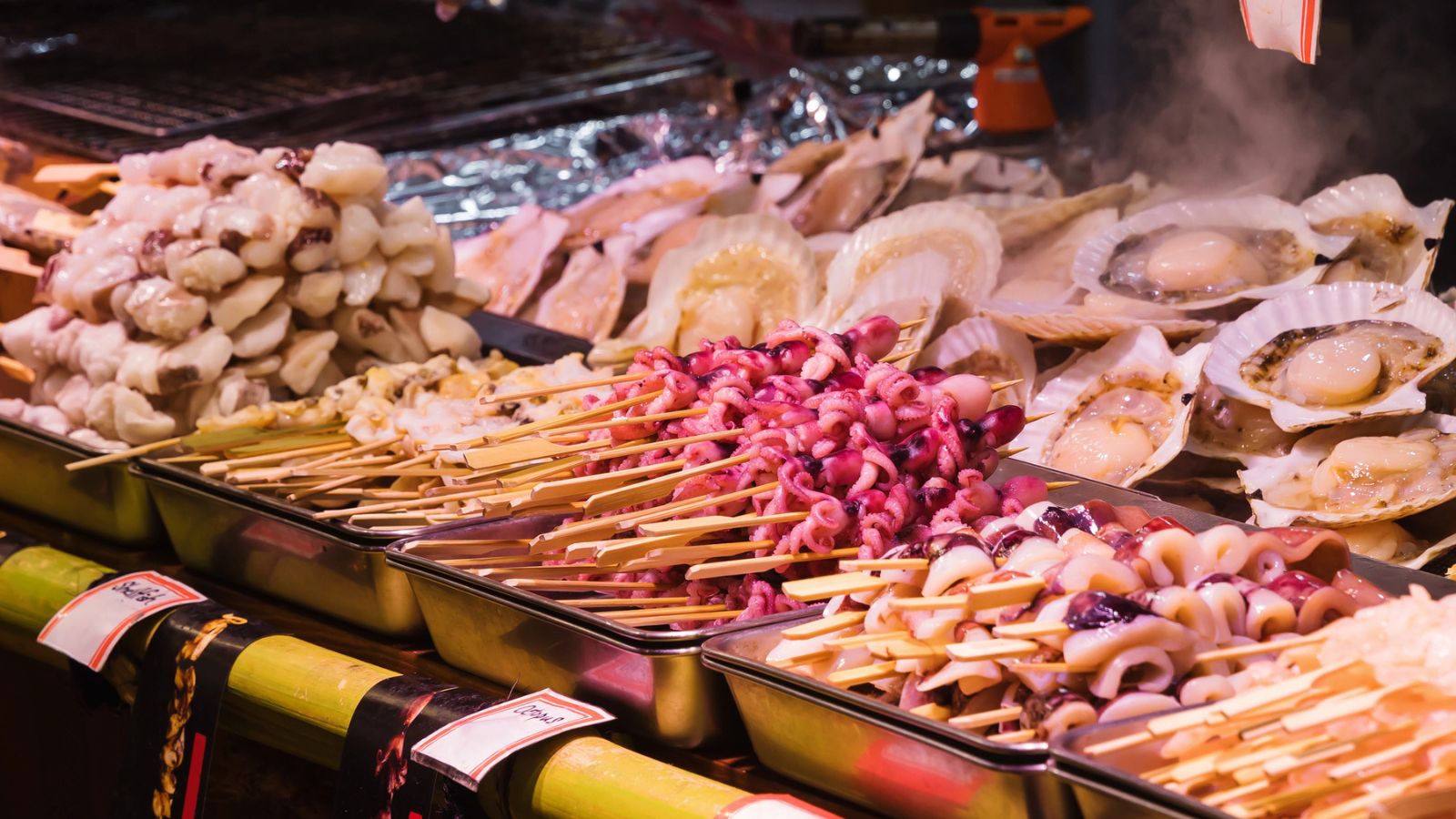





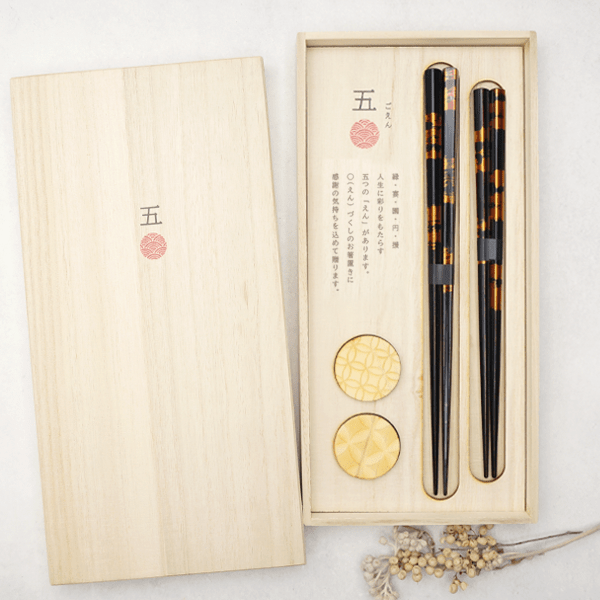
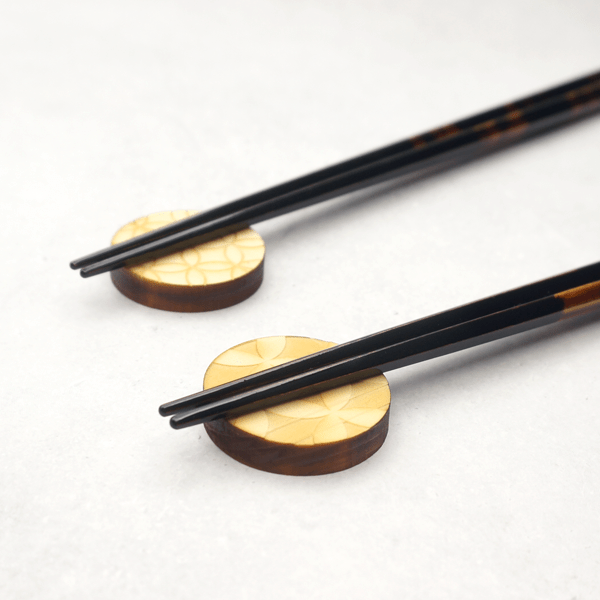
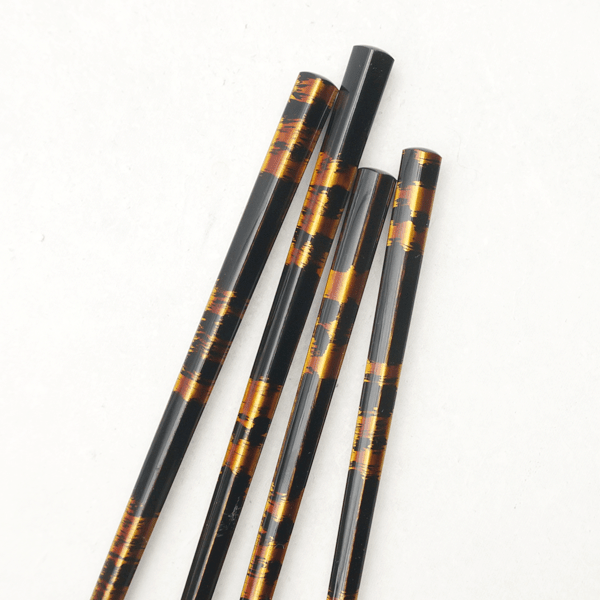

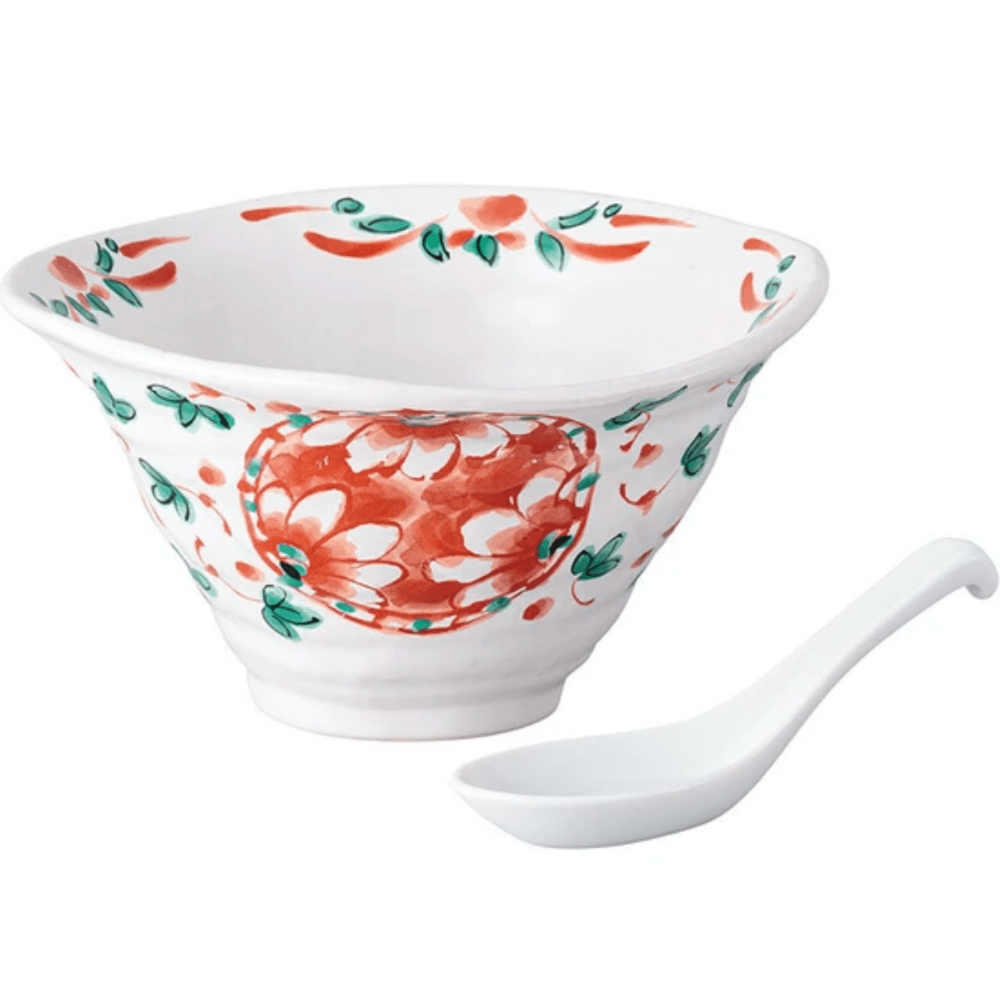
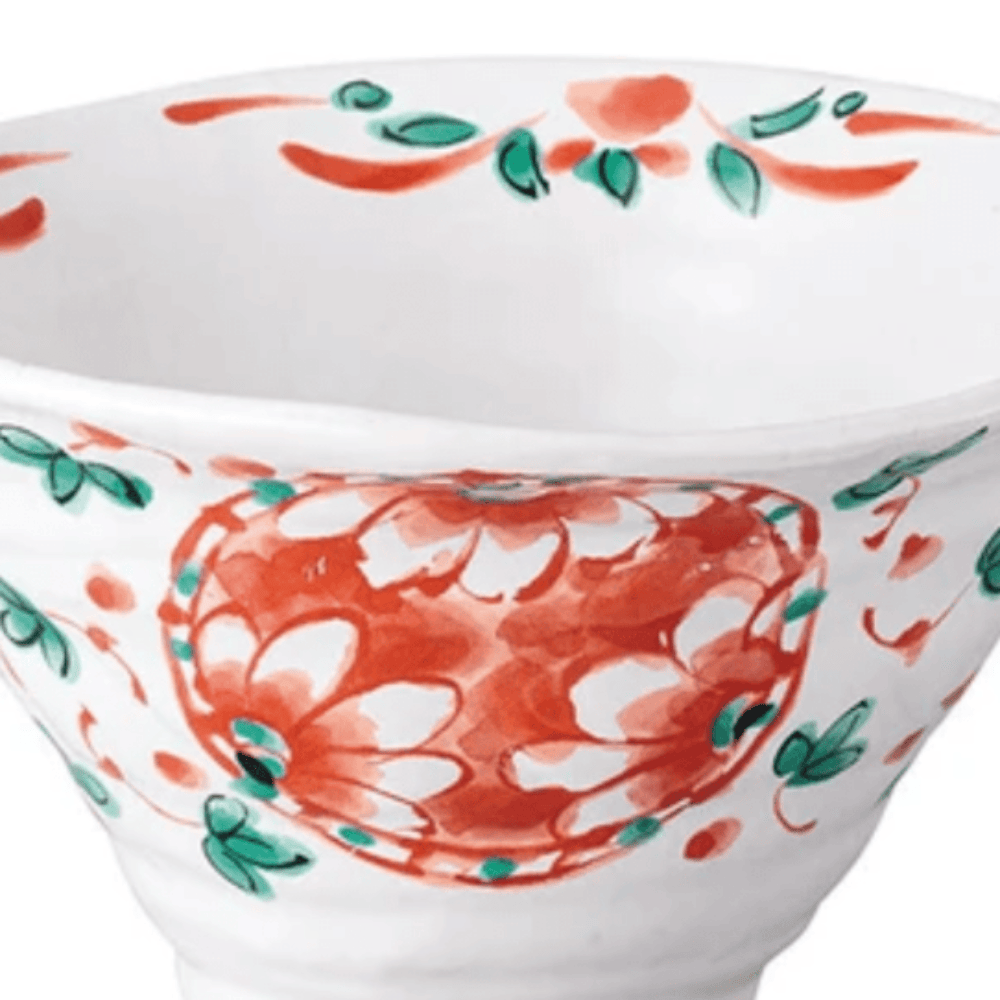
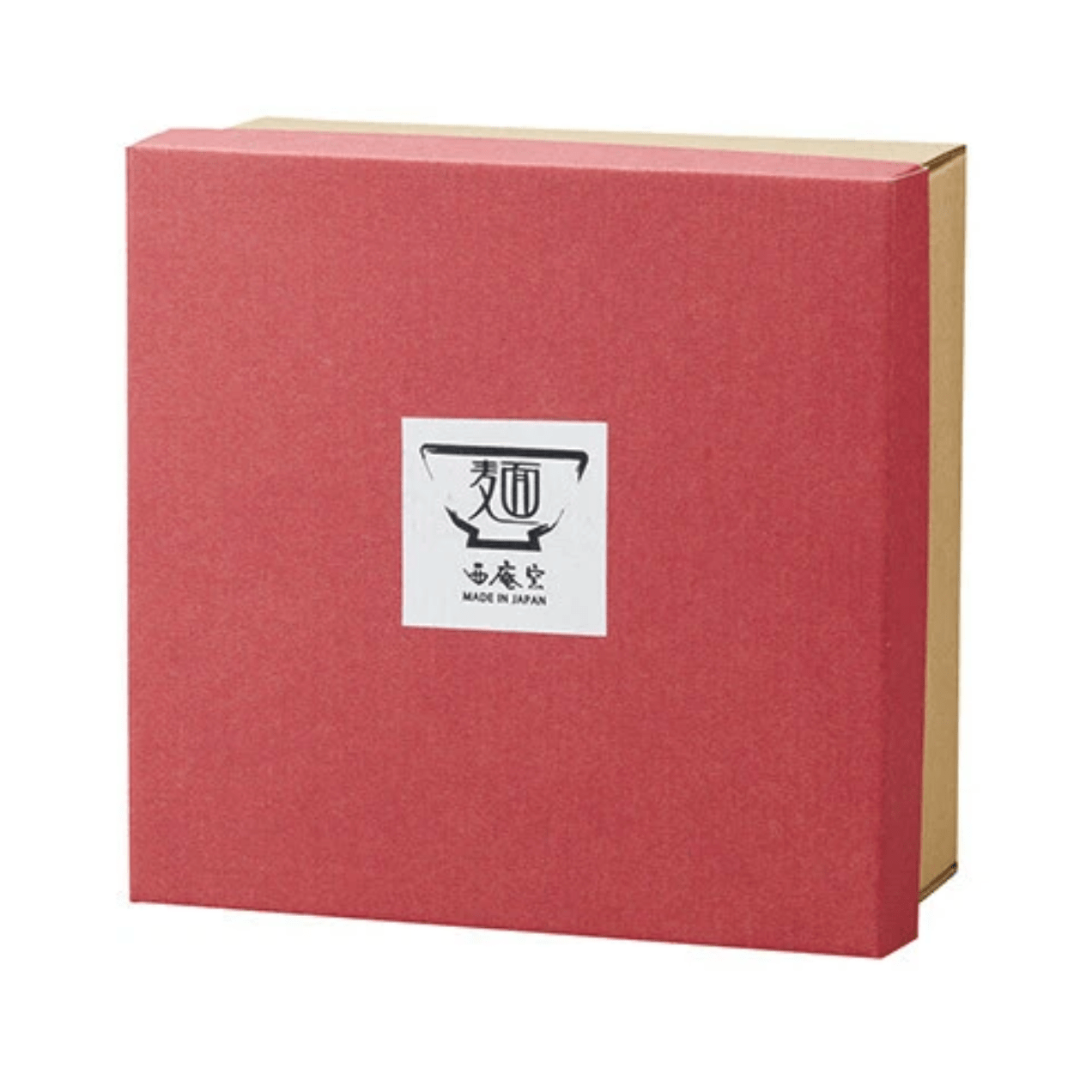
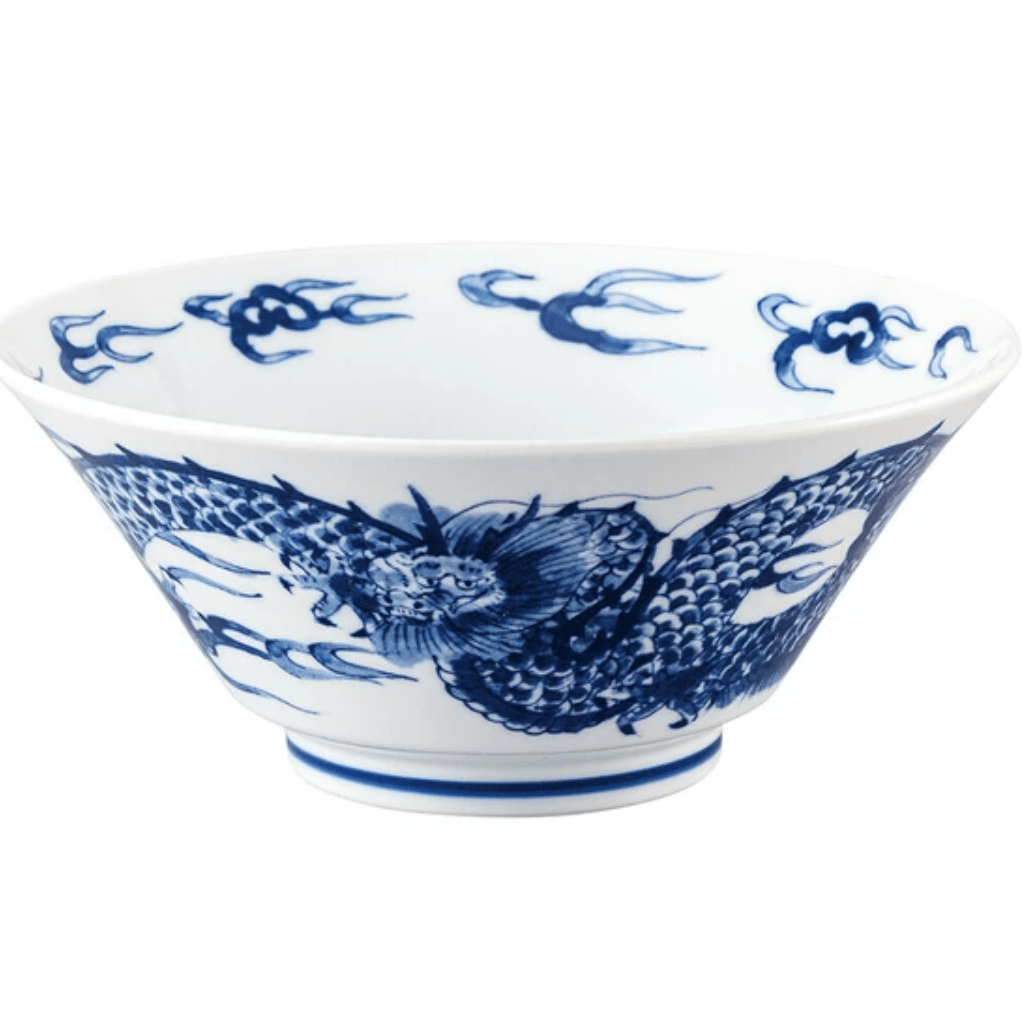
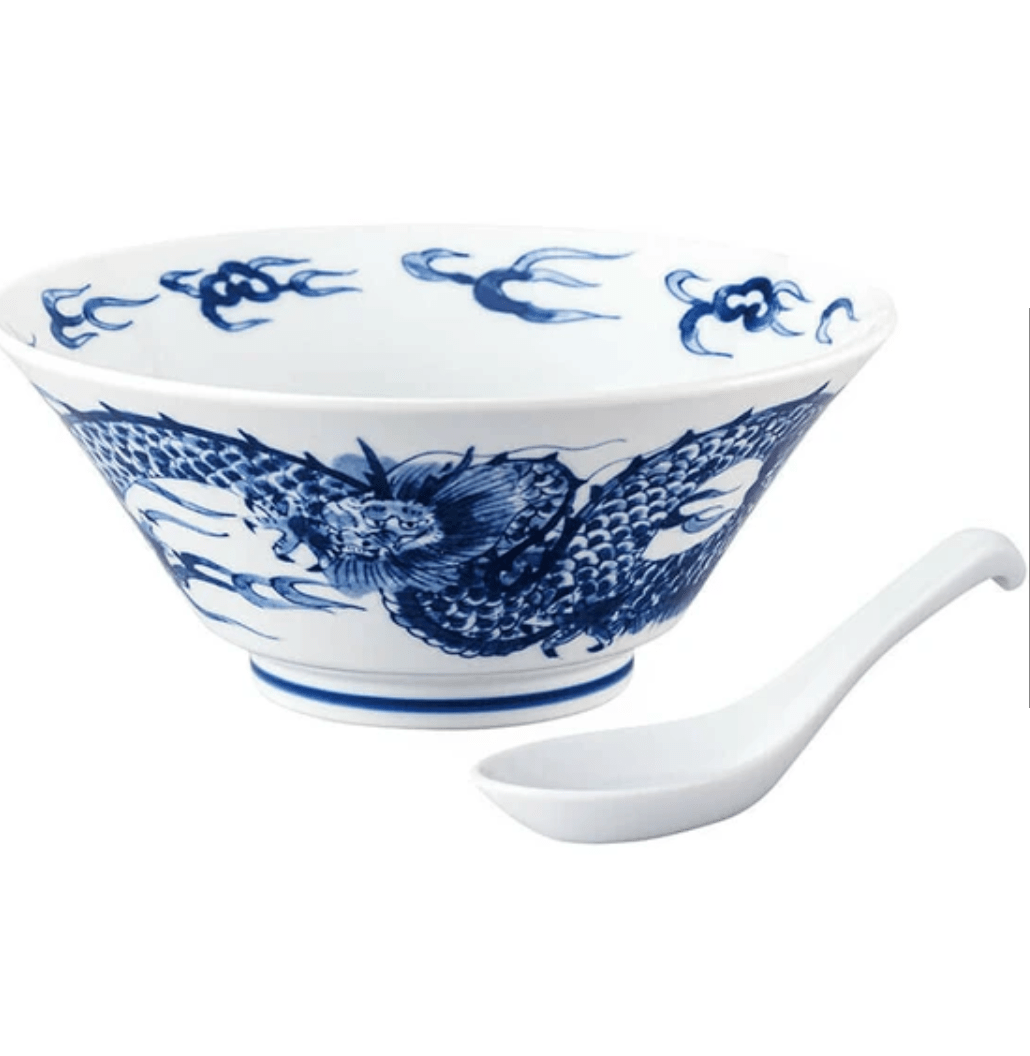
Share: